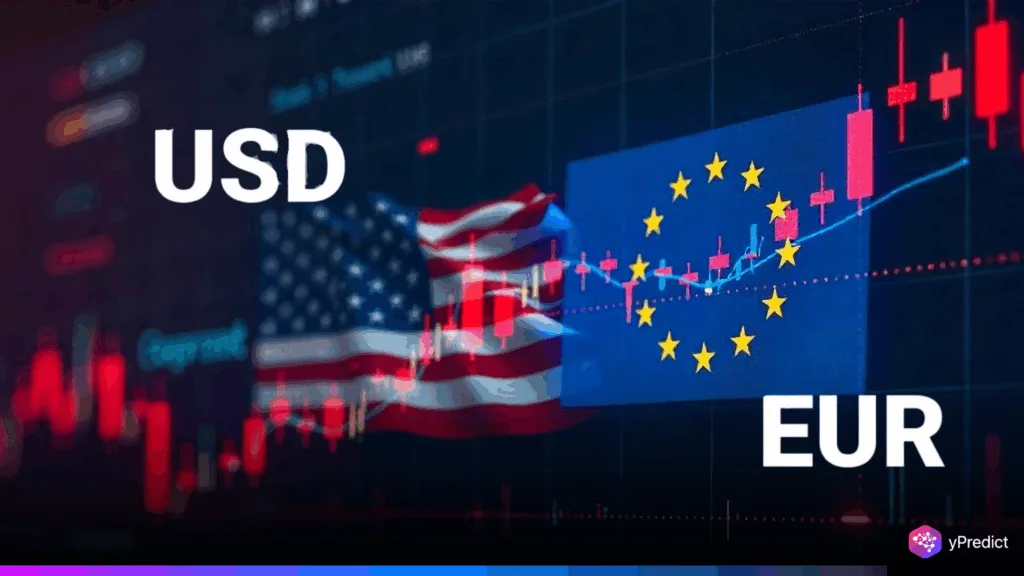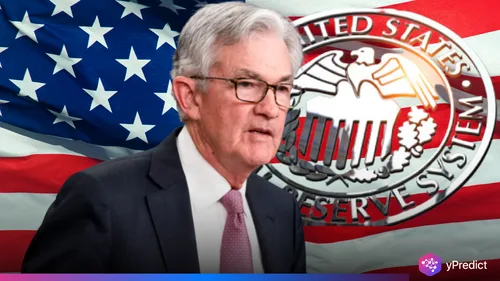
The EUR/USD pair fell back during the European session on Thursday, losing almost half of daily gains, as a rebounding U.S. dollar (USD), prompted by an improvement in US-China trade relations, brought bullish momentum down. The pair traded marginally better, however – just below around 1.1200 – its bullish momentum faded as risk sentiment changed direction in favor of the USD.
The US Dollar Index (DXY) – which measures the USD against a basket of the USD’s major competitors – rose from a session low near 100.60 to today’s near-term resistance near 100.85, after Beijing stated it was suspending non-tariff measures against 45 US entities and encouraging improved trade relations between the U.S. and China.
Trade Optimism Boosts USD as Talks Resume Between Washington and Beijing
The Dollar’s rally was supported by a statement from US Treasury Secretary Scott Bessent, who stated Washington and Beijing are now engaged in “a series of negotiations to avoid all escalation.” The two countries now have an official ongoing mechanism for dialogue, which better encourages global investor confidence.
Earlier, China’s Commerce Ministry announced it was terminating non-tariff restrictions it imposed as of early April shortly after the Trump administration put in place reciprocal tariffs on China. This was part of a larger 90-day trade truce with both countries agreeing to roll back up to 115% tariffs. This unsought development created some upward momentum for the USD, which drowned out the Euro’s slight upper hand in early trading.
Euro Outlook Mixed Despite Data, ECB Hints at Summer Rate Cut
The Euro (EUR), while having to deal with the strength of the USD, did hold its own and stayed propped up by its peers in the riskier currency category. However, dovish comments from European Central Bank (ECB) officials are burdening the broader Euro outlook.
On the data front, Eurozone GDP for Q1 was 0.3%, which was slightly below its previous estimate of 0.4%. Year-over-year, it held steady as well at 1.2%. The employment change figure for Q1 which signaled positive surprise was 0.3% versus a preliminary estimate of 0.1%.
Key Resistance at 1.1425, Support at 1.1000
Technically speaking, EUR/USD still remains above the psychological level of 1.1200. The problem is that the 20-day Exponential Moving Average (EMA) , near 1.1210 is currently providing strong resistance.
The 14-day Relative Strength Index (RSI) was able to bounce back to the neutral 50, after dipping close to the 40 level earlier today, showing little direction. Looking ahead, a break above 1.1210 opens up the potential to re-test the April 28 high at 1.1425. Alternatively, if EUR/USD was to decline below 1.1000 it would indicate further bearish pressure.
Conclusion
The EUR/USD pair is stuck in a balancing act between a recovering US Dollar – supported by easing US-China trade tensions – against a weaker but yet resilient Euro. While there is some encouragement from hopes of a US-EU trade resolution and better Eurozone jobs data, dovish signals from the ECB and a strong US Dollar have limited upside potential. The upcoming Fed Chair Jerome Powell’ speech and then US PPI and Retail Sales may be the next big event catalysts to move the pair ahead of the weekend.







